Taking account of extended squads, approximately 611 footballers are registered with Premier League clubs this season. This figure takes account of several individuals hovering between the first team and reserves.
62 nationalities were represented, two of which were new to the Premier League (Burkina Faso born Bertrand Traoré of Chelsea and Lithuania's Marius Adamonis who plays with Bournemouth). The graph below shows the total number of nationalities participating in the Premier League since the 1992-1993 season.
The most represented European nationalities outside of the British Isles come from western Europe and are France (37 players), Spain (32 players) and Belgium (18 players).
Western African countries such as Cote d'Ivoire and Senegal exported the most players to the Premier League this season from the African continent. With the exception of a few early years, this has always been the case. The graph below shows the number of African players playing in the Premier League by region since the 1992/1993 season. The first decade of the 21st century witnessed year-on-year increases in the number of Western African players on the books with EPL clubs. This season the number of Western African players reached 37, nearly as high as its peak in the 2009-2010 season (38 players).
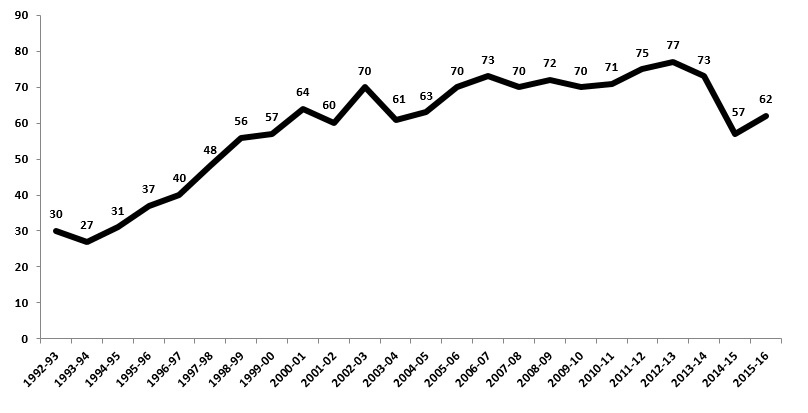
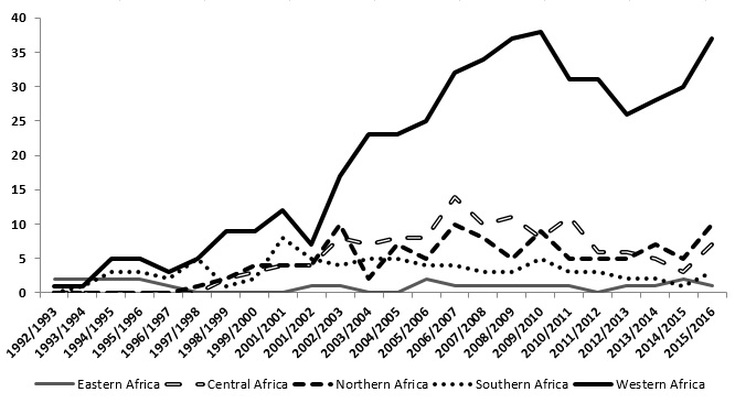

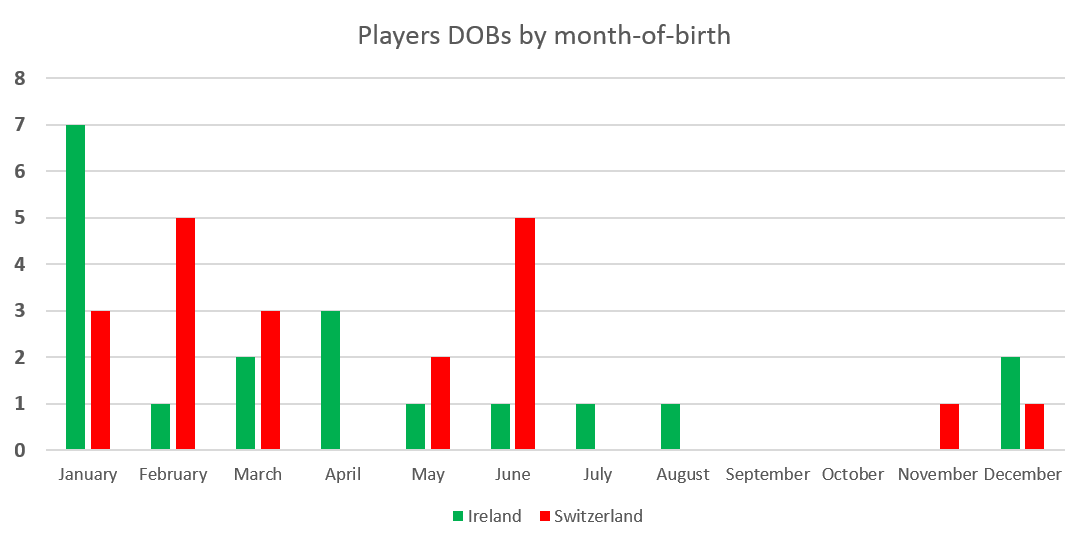
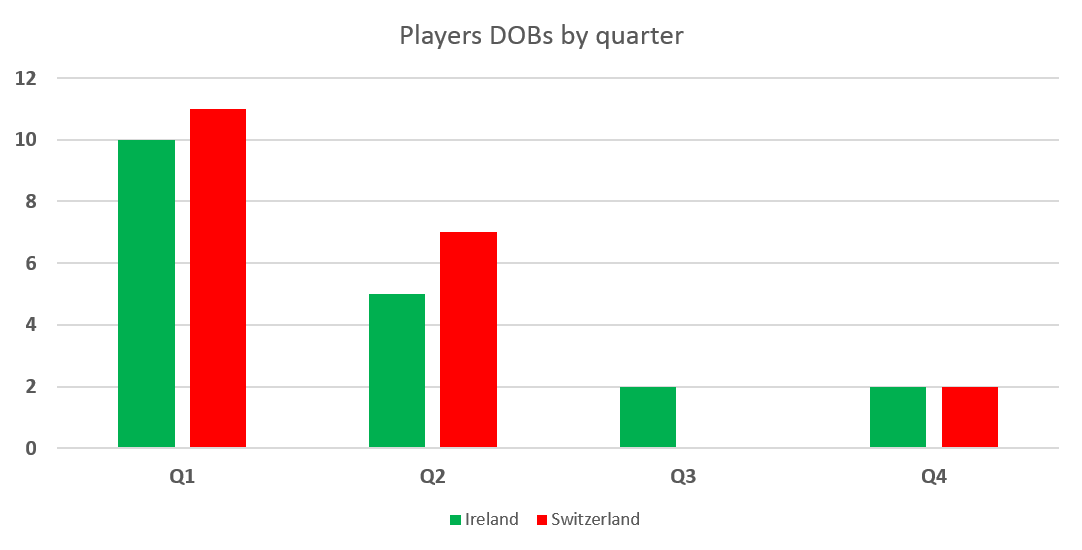
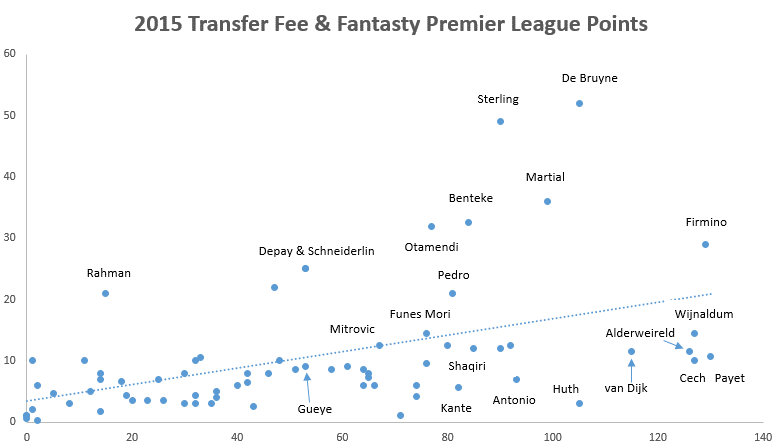
 RSS Feed
RSS Feed